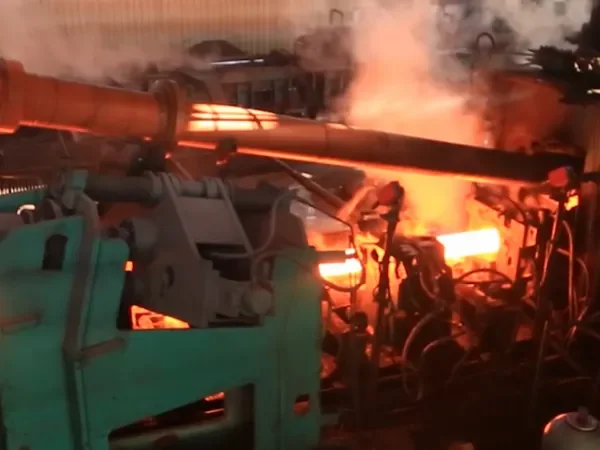Heat treatment process of seamless pipe
Definition of seamless pipe
The seamless pipe is made of perforated whole round steel, and the steel pipe without weld seam on the surface is called seamless steel pipe. According to the production method, seamless steel pipes can be divided into hot-rolled seamless steel pipes, cold-rolled seamless steel pipes, cold-drawn seamless steel pipes, extruded seamless steel pipes, and pipe jacking. According to the cross-sectional shape, the seamless steel pipe is divided into two types: round and special-shaped. The maximum diameter is 900mm and the minimum diameter is 4mm. According to different uses, there are thick-walled seamless steel pipes and thin-walled seamless steel pipes. Seamless steel pipes are mainly used as petroleum geological drilling pipes, cracking pipes for petrochemical industries, boiler pipes, bearing pipes and high-precision structural steel pipes for automobiles, tractors and aviation.

The process of heat treatment of seamless pipes
1) Preheating
According to the requirements of the deformation of the die, in order to reduce the deformation of the heat treatment, the large seamless steel pipe is preheated twice to ensure the consistency of the internal and external temperatures, thereby reducing the effect of thermal stress. The first preheating temperature is 400~500°C, and the holding time is 1 min/mm; 60s/mm.
2) Quenching heating and cooling
The selected quenching heating temperature is 980-1000°C. Since the seamless steel pipe is fully preheated, the internal and external temperatures are consistent, so the holding time is calculated as 15-20s/mm. In order to reduce the quenching deformation, it should be fully pre-cooled. When the air-cooled seamless steel pipe is light-colored (about 830eC), it is quenched into the hot oil of 80-1109C for cooling, and cooled in the oil to 180-200 °C (smoke out of the oil without fire), take it out and let it cool in air.
3) Low temperature tempering
Incubate in a nitrate bath at 180-220°C for 1-3h, and air-cool it out of the oven. It should be noted that the tempering temperature and holding time should be determined according to the hardness after quenching. When the hardness after quenching is 63-65HRC, the required hardness of 60-62HRC can be obtained by tempering at 20CTC for 2h, and its deformation The quantity meets the technical requirements.






